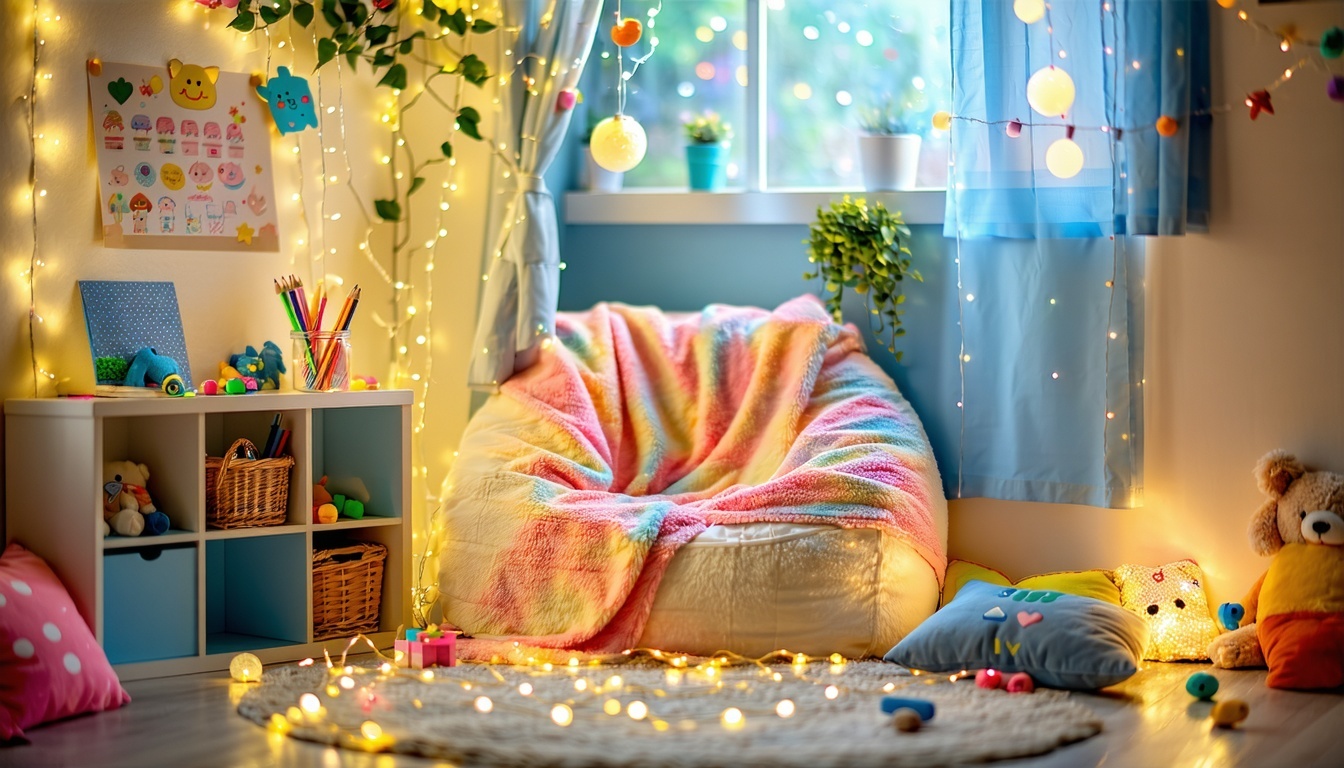
By Melissa Meyer, DNP, PMHNP
You’ve tried the timeout chair.
You’ve tried counting to three.
You’ve tried hiding in the pantry for a moment of peace (no judgment—I’ve been there too).
But what if I told you there’s a way to help your child regulate their emotions, feel safe, and learn to manage tough moments before they explode?
Let me introduce you to one of my favorite parenting tools:
✨ The Calm Corner ✨
(Not to be confused with punishment corners or the “go think about what you’ve done” spot—this is different.)
A real Calm Corner is a safe, cozy, emotionally validating space where your child can reset, recharge, and feel in control of their big feelings. And the best part? You can build one at home in less than an afternoon.
🌿 Why Kids Need Calm Corners
Let’s be honest: life is overwhelming sometimes—especially for kids. Their brains are still learning how to process frustration, sadness, anxiety, and excitement. When those emotions get too big, they need somewhere to land.
A Calm Corner:
-
Gives kids permission to feel, not suppress
-
Encourages self-regulation instead of forced obedience
-
Builds long-term coping skills (without shame)
-
Prevents full meltdowns by offering early intervention space
It’s a prevention tool, not a punishment zone.
🛠️ Step-by-Step: How to Build a Calm Corner
You don’t need a Pinterest-perfect setup or an entire extra room. You just need a quiet space + intentional tools.
1. Pick the Spot
Choose a consistent space—corner of a bedroom, hallway nook, under a table, or even a cozy tent.
Bonus: Let your child help choose it! When kids co-create the space, they’re more likely to use it.
2. Make It Comfortable
Think soft and soothing. Try:
-
A small chair, beanbag, or floor pillow
-
Cozy blanket
-
Dim lighting or fairy lights
-
Optional curtain, fort, or play tent for sensory-sensitive kids
This isn’t just a “break” spot—it’s a sanctuary.
3. Add Emotional Tools
Your Calm Corner should be stocked with items that help your child regulate and express emotions. Ideas include:
-
📖 Feelings chart or emotion wheel
-
🧘♂️ Mindfulness cards or breathing prompts
-
🎧 Headphones with calming music
-
🧸 Fidget toys, stress balls, or soft sensory items
-
🎨 Crayons, blank paper, or coloring books
-
💌 A jar of encouraging notes or mantras (like “I can calm my body” or “Feelings don’t last forever”)
4. Introduce It in a Calm Moment
Don’t wait for a meltdown to explain the Calm Corner. Walk your child through it when they’re regulated.
Say something like:
“This is your special calm space. You can come here anytime your feelings feel too big or you just need a break. It’s not a place you have to go—it’s a place you get to go.”
💡 Tips for Making It Work
-
Use it proactively: Encourage your child to visit the Calm Corner before they reach their breaking point.
-
Never force it: It should be a choice, not a threat.
-
Model it yourself: “I’m feeling a little overwhelmed—I’m going to take a few breaths in the Calm Corner.”
-
Name the success: After they use it, reflect: “I noticed you took space when you were frustrated. That was a really strong choice.”
This reinforces the idea that taking a break is a skill, not a failure.
💬 A Note from Melissa
I’ve seen Calm Corners change homes—and not because they “fix” big feelings, but because they honor them.
You’re not trying to shut your child down. You’re teaching them how to slow down.
You’re creating structure and emotional safety all at once—the Hazelwood way. 💚
It’s not about perfection. It’s about giving your child a place to land, reset, and try again. That’s how growth happens—one peaceful pause at a time.
📌 Try This Today:
Grab a box or basket and let your child build their own “Calm Kit” with items they choose. Then, pick a spot together and give it a name (like “The Peace Place” or “The Dragon Den”). Let the magic begin.
